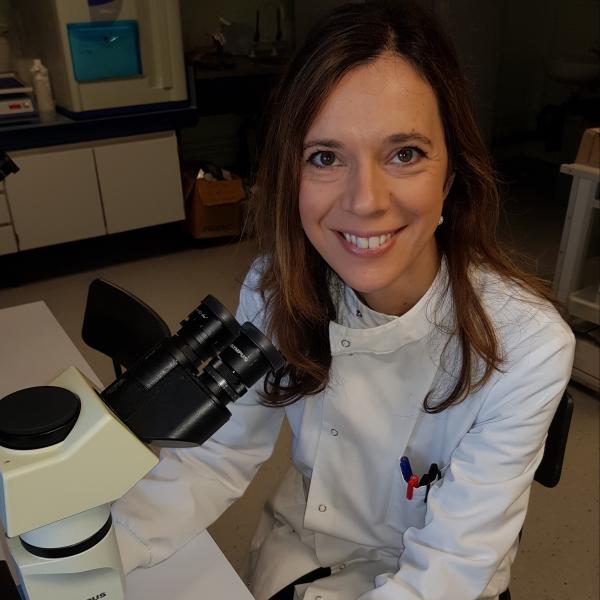- Mutated pluripotent stem cells can kill ‘normal’ pluripotent stem cells in lab samples, say scientists
- Preventing mutations overtaking cultures of pluripotent stem cells is key to their use in cell therapies, drug discovery and basic research
- The discovery could help scientists optimise stem cell cultures for medical use, to avoid the mutated cells from taking over
Researchers at the University of Sheffield led by Dr Ivana Barbaric have now revealed a mechanism for cultured human pluripotent stem cells to achieve the rapid overtake of cultures.
Pluripotent stem cells are candidates for a new generation of medicine because they can produce any cell type in the body. Using pluripotent stem cells in regenerative medicine requires the ability to grow large numbers of stem cells without mutant cells overtaking the cultures.
Since the mid-2000s it has been known that pluripotent stem cells can acquire mutations and such mutant cells can rapidly overtake cultures. Nonetheless, how mutant cells are able to overtake the cultures so rapidly has remained largely a mystery until now.
In the lab, the team tested how stem cells with mutations, that either had gained a single chromosome or multiple chromosomes, would react when mixed with normal stem cells.
The findings, published in Developmental Cell, describe how the mutated stem cells actively kill their neighbouring normal cells by growing faster and compressing them. Such behaviour is akin to cell competition, a phenomenon where interactions between individual cells lead to the elimination of weaker, less-fit cells by their fitter counterparts.
Chris Price, first author of the research from the University of Sheffield’s School of Biosciences, said: “Our study is the first to identify that mechanisms of cell competition play a critical role in how mutant human pluripotent stem cells achieve dominance in culture.
“We found that a protein called YAP1 is distributed differently between normal and mutant cells, labelling them as losers and winners, respectively. By changing the levels and distribution of YAP1, we were able to influence the winner-loser outcome in our stem cell cultures. This mechanistic insight will help us develop the optimum conditions for culturing normal, healthy cells for use in regenerative therapies."
Ivana Barbaric, study lead said of the research: “These results have solved a long-standing mystery, namely, why are some mutant stem cells able to overtake cultures so rapidly. The answer, cell competition, has not only provided an insight into how to devise culture conditions that prevent the mutant overtake, but also has opened up new avenues of research as to how cell interactions affect the behaviour of these fascinating stem cells.”



